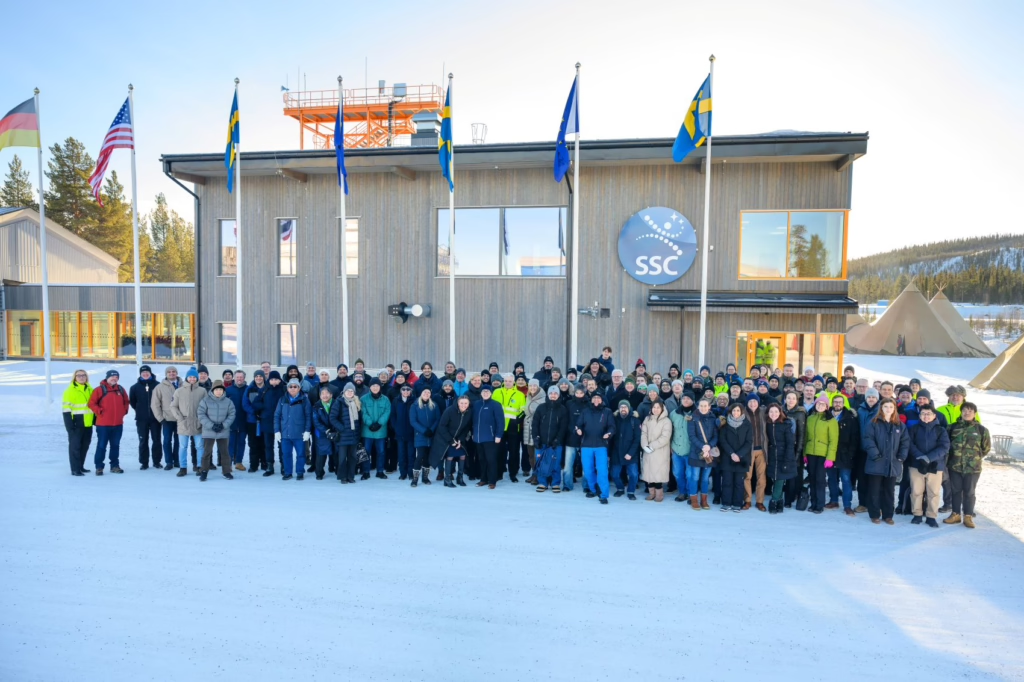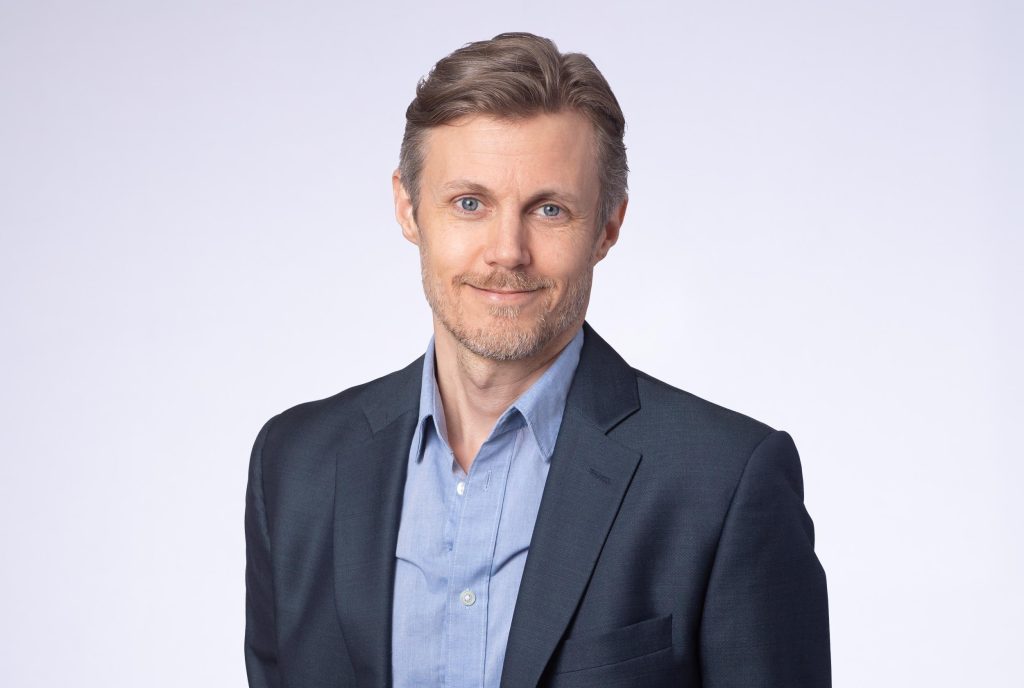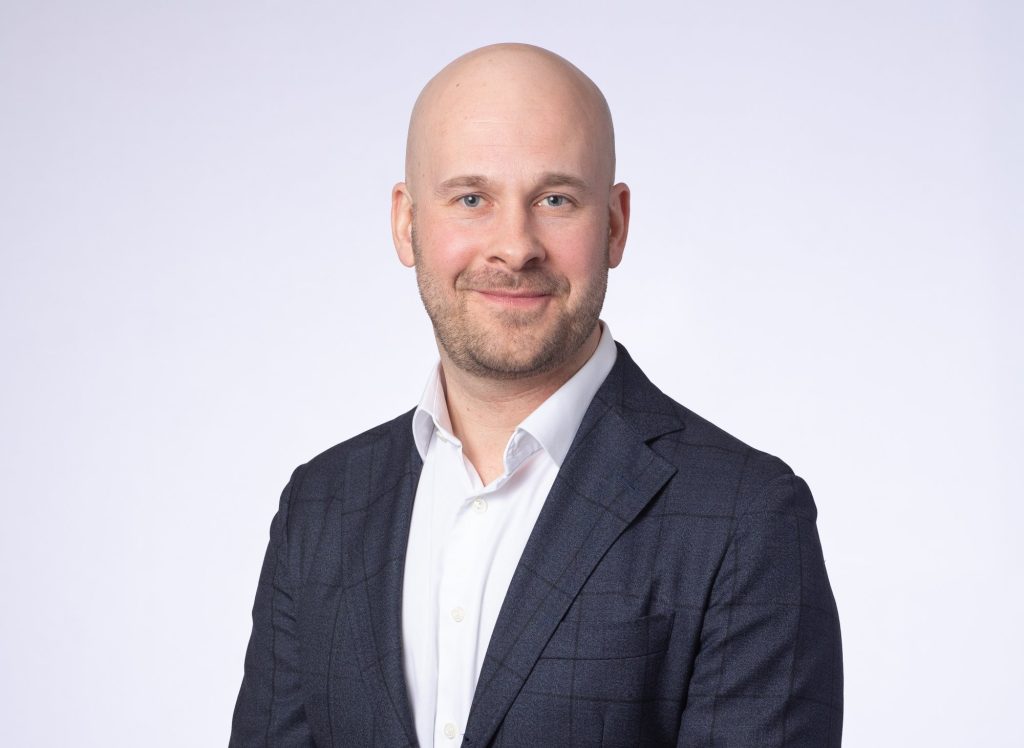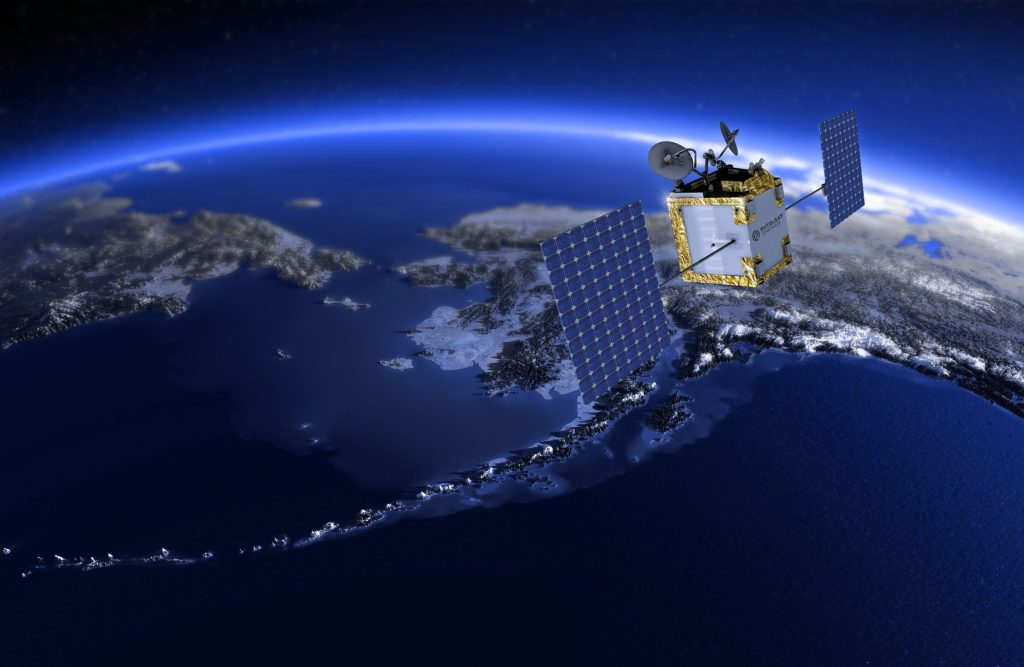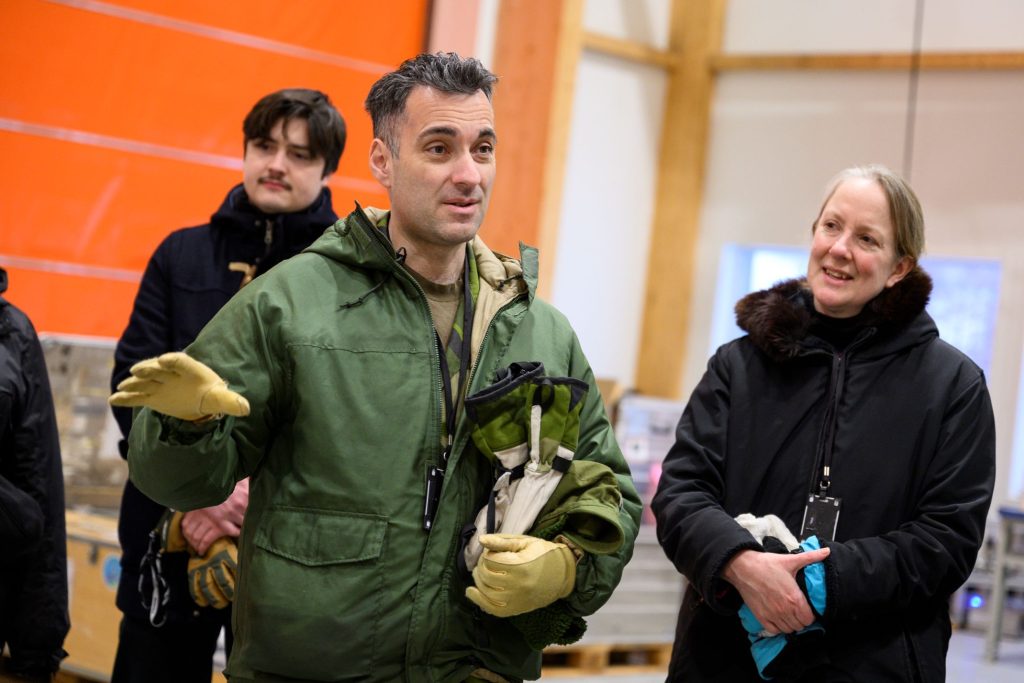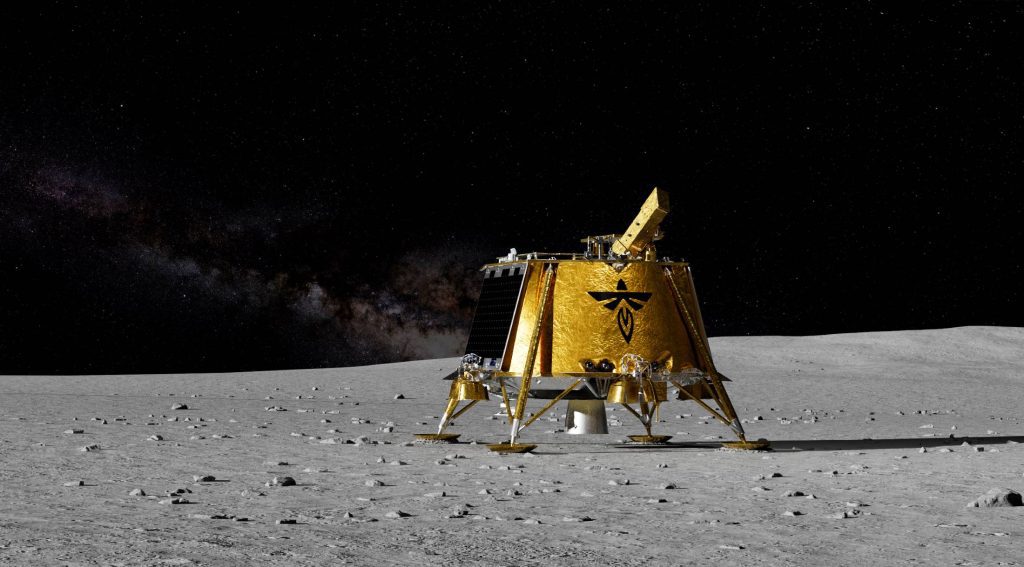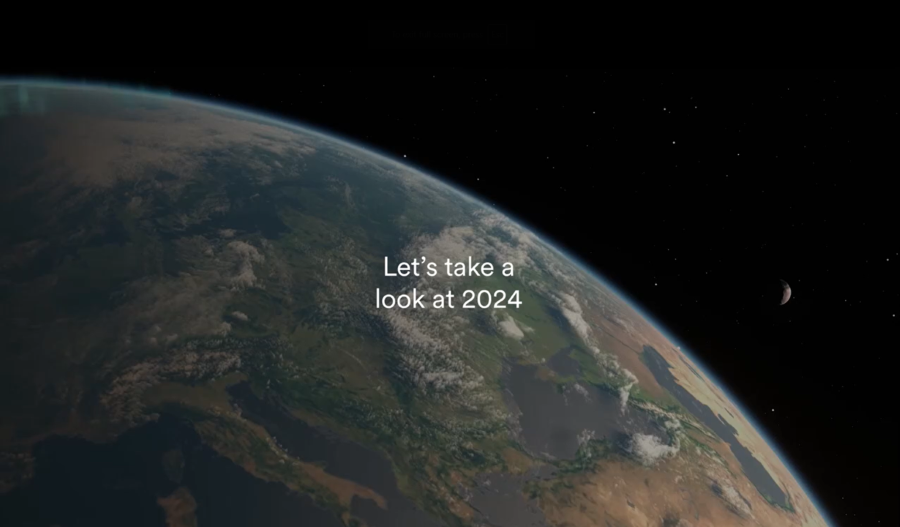Scheduled for launch next week, the preparations for MAPHEUS-15 is underway at Esrange Space Center in northern Sweden. Just one science rocket of many? Not at all. In fact, it marks the 600th rocket launch at Esrange. Perhaps not a giant leap for mankind, but an important one for European space capabilities. And not least, a huge milestone for SSC.
The story of Swedish space activities took a leap with the nation’s first rocket launch from Nausta in the northern of Sweden in 1961. Five years later, in 1966, the first rocket was launched from Esrange. To this day, suborbital science rockets remain a huge portion of the heart and soul of SSC. Meanwhile, only a couple of kilometers away from the current launch site lies EU mainland’s first site for satellite launches.
PART 1: LOOKING BACK
How did we get where we are today? Sven Grahn, space doyen and SSC veteran, was there in its early beginning.
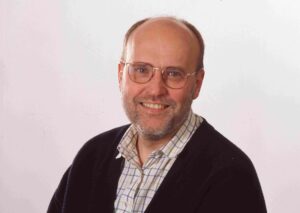
As a teenager, he was a part of a group of space enthusiasts that launched some of Sweden’s first rockets. As an adult, he has spent his entire career working within the space field and he worked for SSC for more than 30 years, including the early launches in the 70’s that followed the launch of the first “Centaur 1” rocket at Esrange on November 19th, 1966.
“Just like the origin of Esrange, the first rockets there sought to examine an aurora borealis on the dark winter skies. It was an intense period to say the least. One time, we launched three rockets in just 11 days, and another time we launched three in 18 days,” says Sven.
At the time, Esrange Space Center was owned and operated by ESRO, European Space Research Organisation, the predecessor of what is today known as the European Space Agency, ESA. It was not until 1972 that Swedish Space Corporation (SSC) took ownership of the facility.
“At the time, it was always the scientists who built their own experiments while the personnel at Esrange only focused on the launches. Much has changed since then, and today there is also a team in Stockholm to help the scientists build their science modules before the launch team at Esrange launches them to microgravity in space. Today’s sounding rockets really are like flying laboratories, very impressive,” says Sven.
Between the 1st and 600th rockets launched from Esrange, countless experiments have been conducted – from medical research and finding stronger and lighter materials, to exploring new ways to make our societies on Earth more sustainable or discovering the origin of humankind.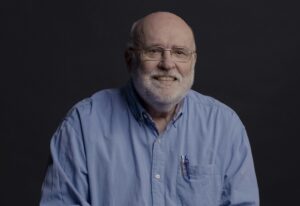
“In the early years, there was an attitude amongst some space professionals that sounding rocket operations was just a fad. How wrong they were… Today, space is a part of the technological infrastructure that keeps the world going. It has become a part of everyday life, something that us space nerds have always dreamed of. We use space technology for communication, navigation, weather forecasts and all kinds of research, making Earth a better place every day,” says Sven
The daily operations at Esrange are indeed crucial to keep the societal machinery going. And thanks to a long and spearheading history of sounding rockets in the northernmost of Sweden, SSC is today one of the most sought-for partners for such operations worldwide.


